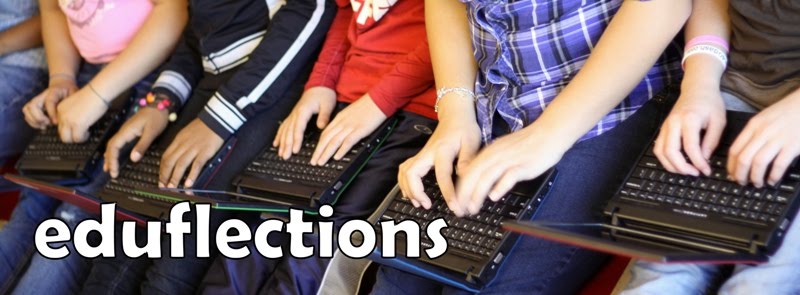As I mentioned in my post, Our First Day(s) of School, we begin these discussions from the start of school. I want for them to develop these skills before we begin connecting with other students. Many may wonder how to take their first steps. When I started, I really had to search to find other classes with whom we could communicate, create, and collaborate. But the good news is there is a prefect project where you can make connections and have much support as you venture into this avenue. This project is the Global Read Aloud.
 The Global Read Aloud is the brainchild of fifth grade Wisconsin teacher, Pernille Ripp, who had a vision of connecting students from all over the world through the reading of one book. Teachers are invited to participate, add their ideas and then a mutual, collaborative project is formed. This year the books selected are The One and Only Ivan by Katherine Applegate and Charlotte's Web by E. B. White. You can select which book best meets the needs of your learners.
The Global Read Aloud is the brainchild of fifth grade Wisconsin teacher, Pernille Ripp, who had a vision of connecting students from all over the world through the reading of one book. Teachers are invited to participate, add their ideas and then a mutual, collaborative project is formed. This year the books selected are The One and Only Ivan by Katherine Applegate and Charlotte's Web by E. B. White. You can select which book best meets the needs of your learners.So what does social media in the classroom have to do with reading a book? Simple, teachers register to connect with other teachers. You can connect through Skype, Twitter, Edmodo, Google Hangout, or KidBlog. If there is another way you would like to connect, simply put it on the form and see if anyone is interested in connecting in that way. The great thing about this project is that it is participant driven. The teachers who are here are here because they are passionate about connecting students through the reading of literature. If you have been wanting to try a new tool in your classroom, this is the perfect opportunity to do that because you have a very supportive network of teachers willing to help you. If you are unable or uncomfortable in participating using social media, there is also the Global Read Aloud wiki complete with the reading schedule, a map of participants, and a place for students to publish their writing and projects for other students to enjoy. This is a project that you can mold into whatever the needs are for your students.
We know the power of reading; it takes the readers on new adventures, challenges their thinking, and inspires them to action. Thanks to Pernille and all of the teachers who’ve connected through the Global Read Aloud, we can bring the world into our classrooms, giving our students an authentic and exciting way to discuss literature and have their voices heard globally.
If you haven't connected with the Global Read Aloud, you still have time. It begins October 1st. Won't you join us? Your students will become so passionate about reading, connecting, and collaborating, they will be begging to continue the learning long after the project ends.






